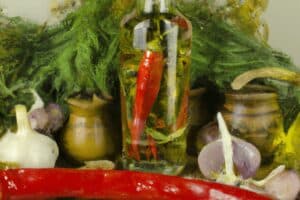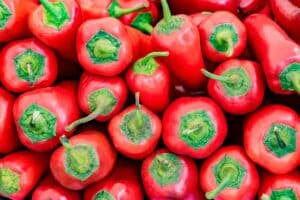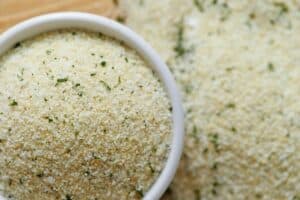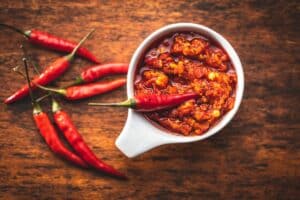While mirin might be a standard cooking ingredient in Japanese cuisine, it can be challenging to find in U.S. supermarkets. Fortunately, you can use other wines or vinegars as a mirin substitute to produce rich, flavorful dishes.
You can find mirin present in a wide variety of recipes ranging from sweet teriyaki dishes to traditional stir fry. Many home chefs who try their hand at Japanese cooking end up asking themselves: what is mirin?
Mirin is a type of wine made from fermented rice. In most cases, true mirin combines glutinous rice, cultured koji rice, and distilled rice liquor.
The mixture is allowed to sit and ferment for months to years at a time. The longer a batch of mirin is aged, the darker it’s color, and the more complex its flavors will be.
When you substitute for mirin, you must take into account the flavor, texture, and availability of the substitution. Here, we’ve brought you a list of our top 5 favorite tried and tested mirin substitutes for your next Japanese-inspired meal.
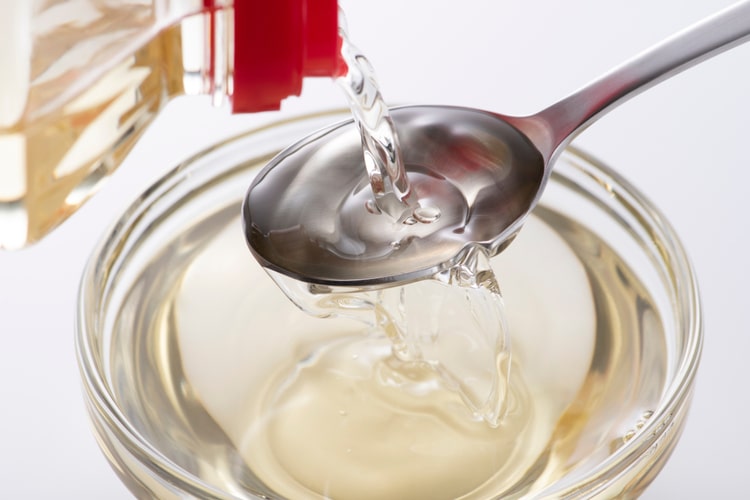
5 Recommended Mirin Substitutes
If you’re having trouble getting your hands on some true mirin, there are plenty of substitutes that you can try out instead. Any of the following mirin replacements will produce a delicious result with a comparably authentic flavor.
Sake

Sake is very similar in composition to mirin, making it one of the top substitute choices for home chefs. Both are wines made by fermenting rice products to create a sweet, dry wine.
While sake works for both cooking and drinking, mirin is reserved primarily for cooking and baking.
Though the two are similar, mirin has a much higher sugar content than sake. Substituting sake for mirin using a straight 1:1 ratio will often result in an end dish that will be more sour or bitter than intended.
Sake also has a higher alcohol content than mirin. When cooking at high temperatures, the alcohol will cook off and evaporate more quickly, potentially affecting end flavor and texture.
If you choose to use sake as a substitute for mirin, you should add around two tablespoons of sugar for every one teaspoon of sake that you include in your recipe. Doing this will ensure that you don’t lose any of the sweetness you need to balance your dish.
The additional sugar will also help you cope with the higher alcohol content of sake when cooking and eating. Sugar can slow the absorption of alcohol into the bloodstream, making it safer to eat dishes where the alcoholic component of sake doesn’t cook off entirely.
Sake is often easier to find than mirin, though you don’t usually see it in cooking and baking aisles. Instead, you can find sake in the alcohol section of most grocery stores alongside wine and beer.
There are a wide variety of different sake brands to meet different tastes and budgets.
As a general rule of thumb, the best way to pick a good sake is by looking at the polishing rate. This ratio shows how much of a rice’s hull gets removed before processing, which strongly impacts the taste.
Look for something with a high rice-polishing ratio for the sweetest, mildest sake varieties.
Sake makes a versatile mirin replacement in both cooking and baking. As long as you opt for a mild variety and add sugar as needed, your dish should come out with the taste and texture that you want.
Rice Vinegar
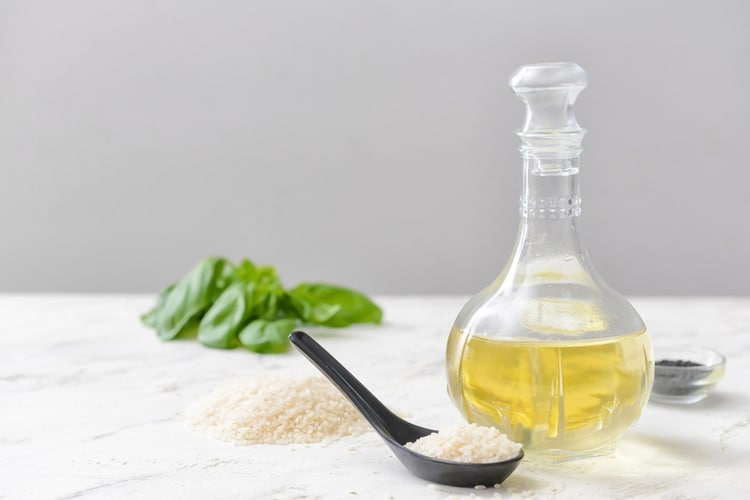
If you want a non-alcoholic replacement for your mirin, rice vinegar has a similar flavor profile with none of the alcohol content. Also known as rice wine vinegar, this ingredient is usually available in the International section of most supermarkets.
In some cases, you may need to visit a specialty Japanese or Asian market to find rice vinegar.
To make rice vinegar, you must ferment rice starches using a specialized type of bacteria known as Mother of Vinegar mixed with rice wine. Over time, this process will convert sugars and alcohol into acid for a distinctive vinegar flavor.
Rice vinegar typically comes in both a seasoned and an unseasoned form. While the unseasoned form is unadulterated, seasoned rice vinegar includes extra sugar.
For this reason, seasoned rice vinegar usually makes the best substitute for mirin. You can substitute in a 1:1 ratio for most recipes.
However, even seasoned vinegar is a little bit sourer than authentic mirin. It’s good practice to add about half a teaspoon of sugar for every tablespoon of rice wine vinegar you add. Doing this can help mellow the vinegar’s acidity while adding sweetness to the dish.
It’s best to use rice vinegar with savory dishes, particularly those that call for a bit of acidity. Salad dressings and sauces also tend to do well with rice vinegar as a mirin replacement.
For sweeter dishes and desserts, always make sure to use seasoned rice vinegar mixed with extra sugar.
Sherry

Sherries are a sweet, dry, fortified wine popular in American and European cooking. While you can drink sherry, most people prefer to use it in cooking and baking. Sherry typically has a delicate, sweet flavor similar to that of mirin.
You can substitute sherry for mirin in most recipes in a 1:1 ratio. The flavor profiles are similar enough that you’ll end up with an authentic-tasting result in Japanese dishes.
Sherry is slightly more dry than mirin, so you may want to add some extra sugar when using it as a replacement ingredient. You should add around one teaspoon of sugar per tablespoon of sherry for the best results.
Much like sake, sherry is slightly more alcoholic than mirin. Adding sugar not only improves its flavor, but it ensures that you digest the alcohol in sherry slowly and safely as you eat.
Sherry is easy to find at most supermarkets or liquor stores. Not all sherries are created equal, though. There are seven main styles, some of which are more suited to acting as a sweet mirin replacement than others:
- Manzanilla: This type of sherry comes exclusively from the port town of Sanlucar de Barrameda. It’s dry and crisp with salty seaside notes. This type of sherry works best as a replacement in savory dishes.
- Fino: This tangy sherry goes well with European dishes, but it’s generally too dry to make a good mirin substitute.
- Amontillado: Known for its dark amber color, this sherry is dry and tangy. It may work as a mirin substitute in some savory dishes, but it generally lacks the sweetness needed for an authentic flavor.
- Oloroso: This dark, nutty sherry has a complex flavor that may overwhelm dishes that call for mirin.
- Palo cortado: This sherry’s sweet, aromatic quality makes it a good mirin replacement. It has a much higher alcohol content than mirin and most other sherries, which may affect cooking times and temperatures.
- Cream: Cream sherry is smooth and sweet and often a suitable replacement for mirin in cooking and baking.
- Pedro Ximénez: While this dessert sherry is sweet, its 40% to 50% sugar content makes it challenging to use in cooking. The sugars can intensify, making dishes sweeter than intended. It’s best to opt for a dryer sherry as a mirin substitute.
White Wine
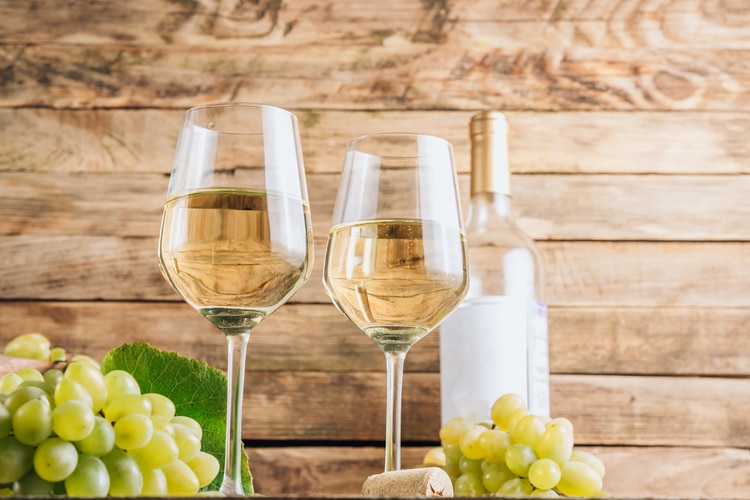
White wine is an ingredient that most chefs have on hand at home, and it makes a suitable mirin substitute in a pinch. Keep in mind that it’s important to pick your wine carefully for the most authentic end flavor.
While it might seem natural to use the sweetest wine you can find, dessert wines such as Moscato or ice-wine can intensify sugars and destroy the flavor profile of dishes. Instead, it’s best to opt for a medium-dry wine and add some sugar separately.
You should add around two teaspoons of sugar for each tablespoon of white wine that you add to your dish. You may need to adjust the sugar content depending on the wine you choose.
For example, a sweet riesling may need less sugar than a dry chardonnay to achieve the same results.
It’s best to avoid using white wine as a substitute for mirin in sweet dishes, as it’s more tart than other replacement options. Even with some additional sugar, you may end up with a dish that is more sour or acidic than intended.
If you don’t have white wine on hand, it’s easy to find in almost any grocery store or liquor mart. You may even find a wine selection at corner stores and gas stations. You can also find alcohol-free varieties formulated for cooking.
Grape Juice

If you’re looking for a kid-friendly, budget-friendly alternative to mirin, white grape juice makes an excellent substitute. Not only that, but it’s widely available at supermarkets and superstores.
White grape juice is sweet and slightly tangy, giving it a similar taste to mirin. It doesn’t have any alcohol content, so you may want to add grape juice in slightly less than a 1:1 ratio to account for mirin’s alcohol cooking off your dish.
Grape juice is most often sweeter than mirin, thanks to grapes’ natural sweetness and added sugars. You may have to add a little bit of acidity better to mimic the zesty taste of mirin in your recipe.
It’s a good idea to add around a tablespoon of lemon juice per cup of grape juice that you add to your dish. You’ll get the same complex result that you would with mirin, and for a fraction of the price.


